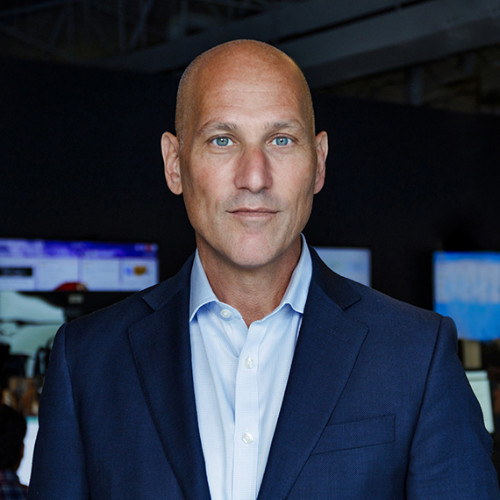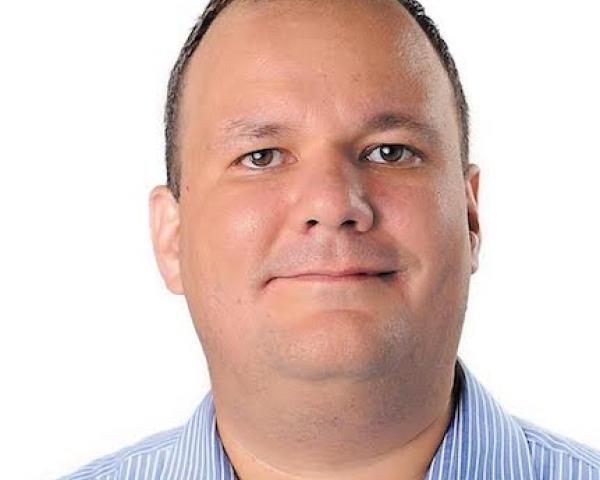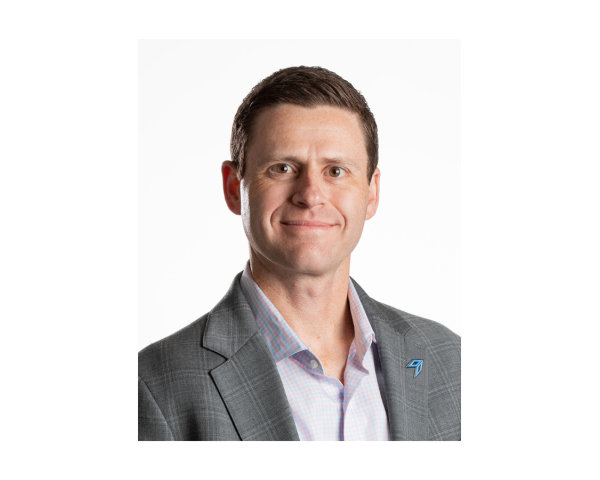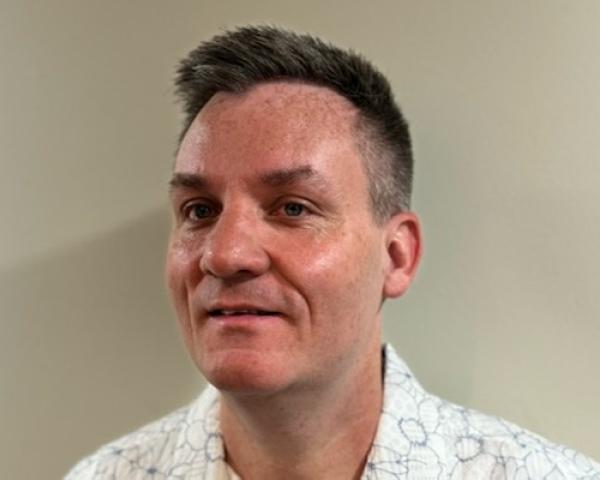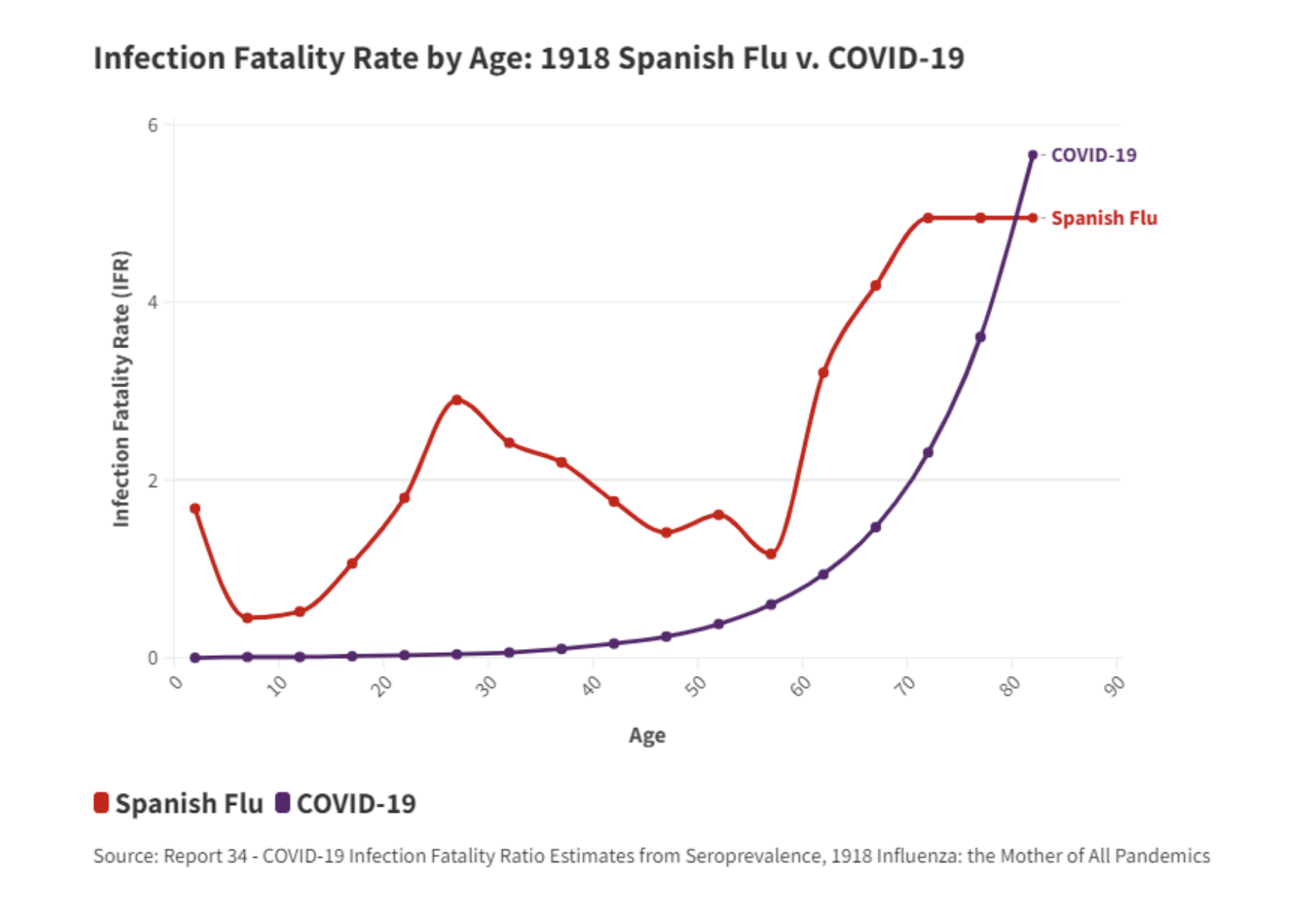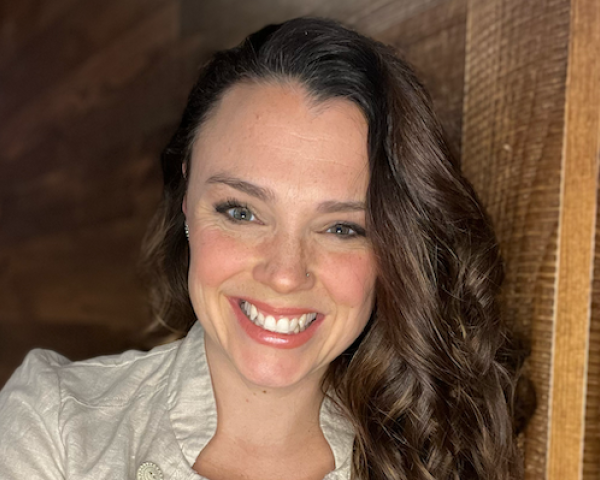Paul Carroll, editor-in-chief of Insurance Thought Leadership, recently sat down with Vijay Muniswamy, senior director of product management at Vertafore, to discuss the inefficiencies in agency workflows and how to address those issues.
What follows is a transcript of that conversation, edited for length and clarity.
Paul Carroll:
What are the main inefficiencies you've observed in agencies over the years that you're trying to address?
Vijay Muniswamy:
Having been with Vertafore for nearly 17 years, my primary role has been to work on document management and workflow optimization for agencies. Workflow standardization is crucial because when each agency user performs the same process differently, it leads to a lack of standardization and potential loss of efficiency.
The ImageRight and WorkSmart products I've worked on for over 16 years help bridge that gap by creating a standard workflow model for each process, such as an endorsement or renewal. This ensures that everyone follows the same optimal steps.
Historically, people often do things differently based on their familiarity with the solution and their tenure. When not using a workflow solution, everyone tends to do things differently based on their comfort level.
Paul Carroll:
Where do the inefficiencies arise when employees at an agency have different ways of working?
Vijay Muniswamy:
The issues vary among agencies. They can show up as the largest agencies grow by acquiring smaller ones. People from these acquired agencies may have been using different solutions and have different ways of working before being onboarded onto a standard solution.
When leadership looks at the agency's productivity and tries to assess operational efficiency, such as how many new businesses and endorsements are being written per day/week/month, they don't get a unified view if everybody is doing things differently. However, if everyone follows a systematic, standard process in executing workflows, leadership can view the information through the same lens.
This allows them to understand why one team might be taking longer to do something than another team, considering factors such as the types of businesses they're writing, the carriers they're working with, etc. Having a unified lens provides leadership with the information they need to assess how well their teams are performing.
Paul Carroll:
What are other benefits of workflow management systems for insurance agencies?
Vijay Muniswamy:
Workflow management systems offer two primary benefits for insurance agencies, each catering to different stakeholders within the organization. The first set of stakeholders are the management and business leaders who are focused on understanding profitability margins, operational efficiency and business growth. For them, the insights provided by the system regarding time spent on tasks and overall performance are crucial.
The second set of stakeholders are the service team members, who are critical to any agency. Their primary concern is operational efficiency, as they spend a significant amount of time servicing customers end-to-end. Streamlined workflow management systems help them handle requests more quickly and efficiently, allowing them to accomplish more in a given day with less effort.
Paul Carroll:
With Project Impact, you're promising a dramatic improvement in efficiency. What breakthroughs have you seen over the last months or years that allow you to make that promise?
Vijay Muniswamy:
Our team has put a lot of time and effort into data collection for Project Impact. We’ve personally sat with more than 110 agency service personas over eight months to learn more about the challenges they face, and where we can drive efficiency. One of the breakthroughs concerns all the manual work people are doing within an optimized workflow. For instance, when an email comes into a user's inbox, the user spends a significant amount of time indexing that information and determining where it needs to go in the workflow.
We can achieve efficiency gains by utilizing technologies like AI, OCR [optical character recognition] and automated AI to read the unstructured information in the email, predict with great accuracy what it's about and place it directly into the appropriate workflow, notifying the user to start working on it. This eliminates the overhead of someone manually identifying and routing the email.
Another area of optimization is in document handling. Users often describe documents so they can identify and retrieve relevant information about the document, such as the associated policy and its effects. AI and automation can be employed to identify all the important parameters of a document and present them consistently throughout the system, eliminating the need for users to perform duplicate data entry.
Furthermore, in the insurance industry, many lines of business are built on standards. However, some specialty lines like cyber coverage, D&O insurance, employee practice liability and errors and omissions insurance lack standard models for capturing data in most management systems. This leads to account managers taking notes, creating their own Excel sheets or using miscellaneous forms that don't accurately capture details needed to get the policy quoted for the line of business.
By providing standards for these specialty areas, we can reduce the data collecting burden on users. Additionally, we're focusing on supporting data entry and management, making it easier for users and reducing their workload. If the system can automatically populate and preview information, it frees time for users to focus on other tasks.
Certificate management is another area where we've identified opportunities for optimization and operational efficiency by allowing reduced handling times and providing self-service options for their clients. Lastly, we're working on processing efficiency by eliminating the need for duplicate and redundant information, removing “noise” from the user workflow with fewer clicks, streamlined processes, quick actions – focused on speeding up key processes.
Paul Carroll:
Insurance is obviously very much a document-based, form-based industry. Thirty years ago, I wrote an article in the Wall Street Journal about how you could input information directly into a computer; it might use an interface that looks like a form, but then it becomes data. Is that sort of shift from forms to data happening in insurance?
Vijay Muniswamy:
The notion that forms would disappear has been around for a long time, but it hasn't come to fruition yet. While technology has certainly evolved and automated many aspects of data collection and processing, forms remain a reliable and familiar tool. They provide structure and consistency, which is important for both the user experience and data integrity.
However, the nature and presentation of forms have adapted to the digital landscape. We now have web-based forms, mobile-friendly forms and forms that are integrated with various software systems. The key is to make forms more user-friendly, intuitive and efficient, rather than trying to eliminate them altogether.
The goal is to strike a balance between the benefits of structured data collection and the need for a seamless user experience.
Paul Carroll:
More broadly, how is the insurance industry shifting from a document-based to a data-driven approach?
Vijay Muniswamy:
The transition is definitely happening, but not at the desired pace. For instance, when it comes to data downloads from carriers to agents, not all lines of business supported by the carriers are directly downloaded into an agency's system.
Some carriers still rely on their older systems, where they generate policy documents that are stored in their carrier portal. Agents then have to either access the carrier's portal directly to download the documents or rely on their relationships with underwriters, who email them the documents.
While there has been significant improvement over the last decade, with more and more information being downloaded to avoid dealing with unstructured data and documents, it will still take some time. The industry is still operating on the principles of data capture, extraction and transmission to carriers, as well as receiving downloaded information from them.
Paul Carroll:
So I wasn't wrong, just really early?
Vijay Muniswamy:
We all want things early, but insurance is a very slow-moving industry. But I've witnessed transformation, such as our transition from on-premises to online solutions.
Many of our customers were initially hesitant to move their data from on-premises servers to the cloud. Some still have reservations about storing their data in the cloud rather than on their own servers.
I would love to see everything move from an unstructured format to more structured data, downloads and automation of data. While progress has been gradual, the insurance industry is undoubtedly evolving in its adoption of technology.
Paul Carroll:
Thanks so much.
About Vijay Muniswamy
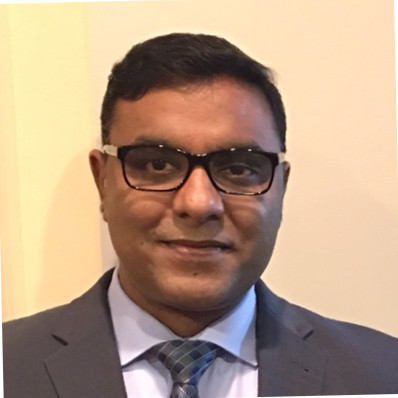 | Vijay Muniswamy is the senior director of product management at Vertafore. He has 25-plus years of experience in the IT industry and 15-plus in the insurance industry. He has been with Vertafore on the product management team since 2007. He serves as the head of Project Impact, which is geared toward optimizing and enhancing the workflows of Vertafore's product portfolio, with a primary focus on elevating operational performance for the servicing persona. He is also responsible for translating customer needs into product features and strategic product road maps. |





